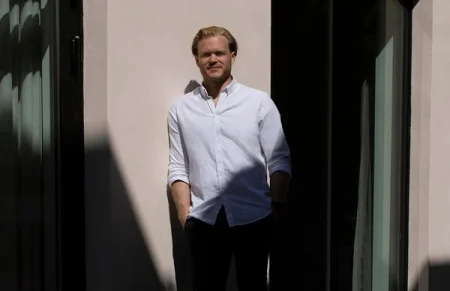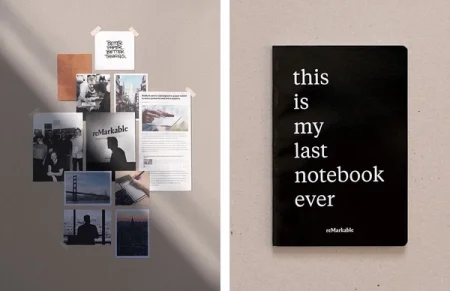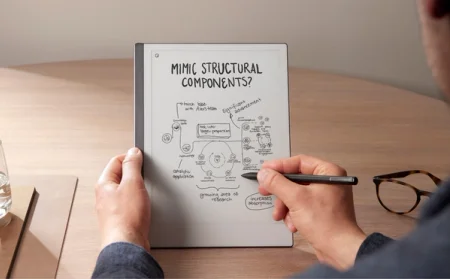Our reMarkable story
Paper is the ultimate tool for thinking. It improves our focus, engages our brains, and sets our minds free to work and imagine, without restrictions or distractions.

Paper is the ultimate tool for thinking. It improves our focus, engages our brains, and sets our minds free to work and imagine, without restrictions or distractions.
But using paper also has its downsides, from typing up handwritten notes to endless printing. From searching through a dozen notebooks to find what you need, to not having the right books or documents when you need them. Ultimately, paper is limited and inflexible. You can’t reuse it, you can’t share it.
We wanted to do better.

As soon as he could walk, Magnus Wanberg was obsessed with technology. As a child, he wore away the keys on his family’s IBM PC and Nintendo Game Boy. By 18, he was building and selling computers out of his father’s garage.
At Harvard University, Wanberg found it hard to focus when working on his laptop. It was too easy to go online or read email. So he decided to leave his computer and phone at home, and work exclusively on paper instead.
Wanberg found he could think better on paper, but he amassed four boxes bulging with notebooks and loose sheets by the end of his degree. Standing over those boxes, he had the idea for technology that merged paper with the digital world.
Wanberg founded reMarkable in 2013. He and a small team then spent more than three years developing the original paper tablet.
They set out to create a device that would offer a pure, paper-like experience, but be connected and limitless. A digital notebook designed for writing, sketching, and reading. And to be an elegant tool for thinking in the modern age, for those who love the inspiration and clarity they get when working on paper.
Announced in November 2016 and launched in September 2017, reMarkable 1 became a niche hit, enabling the company to grow and scale to new markets.
reMarkable 2 made the paper tablet mainstream. Launched in 2020, reMarkable 2 made Time magazine’s list of “Best Inventions of 2020.” By 2022, more than one million people around the world had joined reMarkable’s quest for better thinking through technology. With the launch of reMarkable Paper Pro in 2024 and reMarkable Paper Pro Move in 2025, we've continued to innovate, adding color and a reading light to the digital paper experience.

At reMarkable, we’re emulating paper. That's why our paper tablets feature a tactile, high-friction surface, making them feel and sound just like writing on paper. It’s why our software is minimalistic and free from unnecessary complexity. So that they can be a natural extension of the best medium for creativity and productivity.
Today, we give our subscribers the ability to create powerful systems for capturing ideas and organizing and refining their notes across multiple devices, making it easier than ever to combine these elements in ways the humble notebook could never dream of.
We strive to make products that take a human-centric approach to new technology. Everything we make is distraction-free by design. Without notification alerts, ads, or pop-ups that might disturb your train of thought or cloud a moment of perfect clarity.
With reMarkable, we wanted to create a haven for thinking. A set of focused tools that can make the rest of the world disappear so that only ink, paper, and ideas remain. Regardless of if you prefer handwriting, typing, or combining them in a single workflow.
In short: it’s like paper, but better.


Try our paper tablets for 50 days and if they miss the mark, we’ll offer you a full refund.